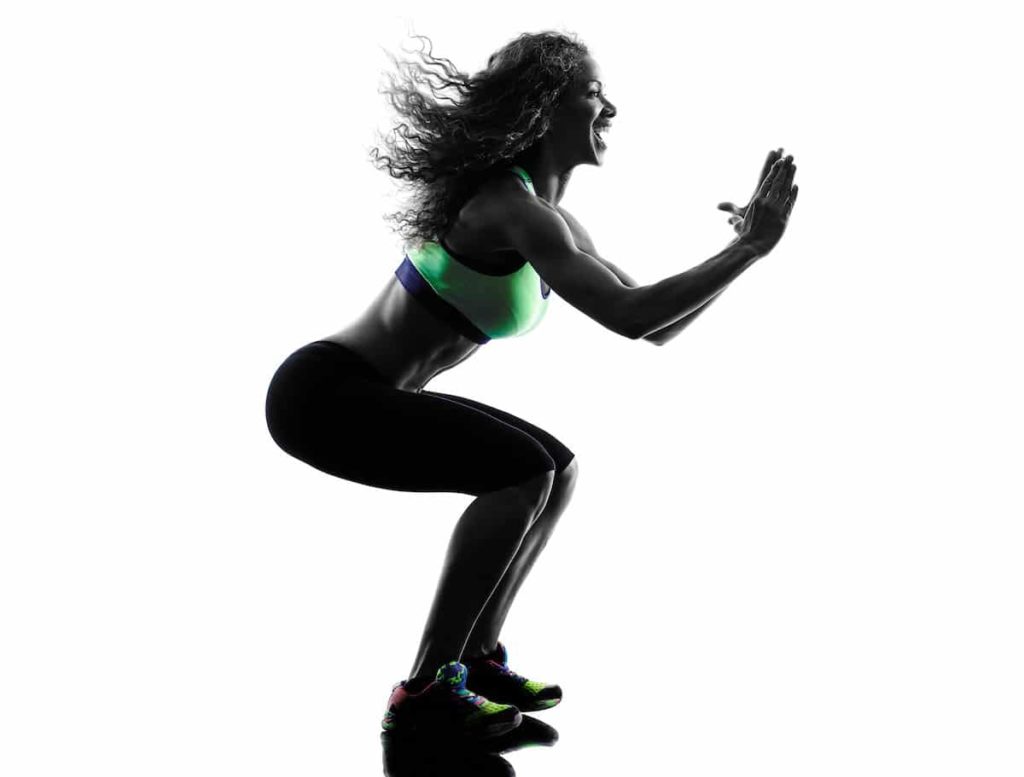Two Research-Based Reasons Not to Skip Leg Day
Two studies reveal surprising benefits from specific types of leg exercise.
| Earn 1 CEC - Take Quiz

High-Volume Lower-Body Workouts Contribute To Upper-Body Strength
Can lower-body resistance training produce improvements in upper-body maximal strength? That was the question posed in a study published in The Journal of Strength and Conditioning Research (2018; 32 [1], 13–18).
To explore that question, researchers recruited 20 resistance-trained men to participate in either high-intensity resistance training for both upper and lower body or mixed resistance training (high volume for lower body, high intensity for upper body). The first group completed 4–5 reps of upper- and lower-body exercises at 88%–90% of 1-RM. The second group did 10–12 reps of lower-body exercises at 65%–70% of 1-RM and performed a high-intensity program for the upper body. Primary measures were upper-body maximal strength and power output.
Subjects in the mixed-protocol group developed significantly greater bench press strength and power production than the high-intensity-only group.
Study authors concluded: “Results indicated that training programs focused on lower-body muscle hypertrophy and maximal strength for upper body can stimulate greater strength and power gains in the upper body compared with high-intensity resistance training programs for both the upper and lower body.”
Lower-Body Strength Helps Back Pain In Runners
Runners who experience back pain may want to add squats and lunges to
their weekly routine, say researchers from Singapore.
A recently published study compared three treatment types to determine which was most successful in helping runners with chronic lower-back pain to experience relief. The study included 84 recreational runners who completed 8 weeks of lower-limb training, lumbar extensor exercises or lumbar stabilization exercises. Participants reported their pain levels and underwent tests on running ability, lower-leg strength, back muscle function and running gait at several points during and after the study.
Here are some of the discoveries made by the research team:
- All groups experienced improvements in lower-back pain and back muscle function.
- Knee extensor strength was superior in the leg protocol compared with the other two.
- Running step length was greater in the leg strength group than in the lumbar stabilization group.
“Lower-limb exercise therapy could be a new option for chronic low-back
pain management given its superior effects in improving running capability,
knee extension strength and running gait,” the authors concluded.
The study appeared in Medicine & Science in Sports & Exercise.
(2017; 49 [12], 2374–84).
Ryan Halvorson
Ryan Halvorson is an award-winning writer and editor, and IDEA's director of event programming.






